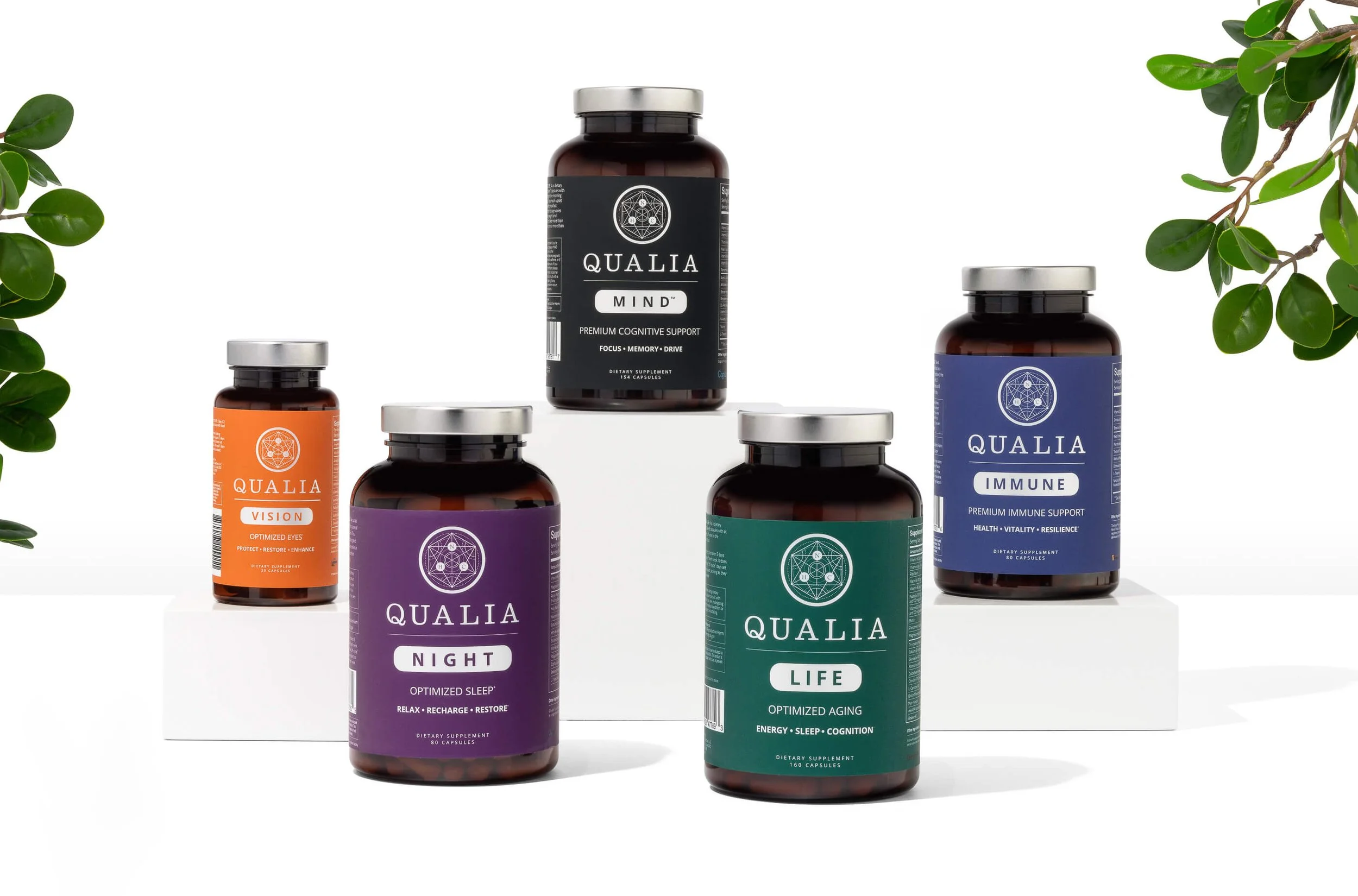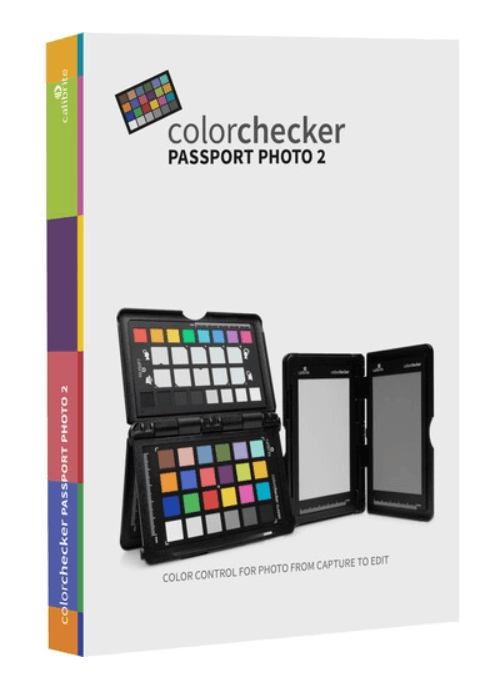5 Ways Proper Lighting Elevates Your Product Photography Game
Product photography is a crucial aspect of modern-day marketing and advertising, as it helps showcase a product's features and benefits to potential customers. Proper lighting is one of the most critical factors in achieving high-quality product photos, as it can significantly impact the final outcome and determine whether or not the product is presented in the best possible light. This post will explore the importance of lighting in product photography and how it can be used to create visually appealing and professional-looking images.
#1 - Lighting Enhances the Product’s Features
One of the primary purposes of product photography is to showcase the product in the best possible way. Using appropriate lighting, you can highlight the product's unique features and key selling points. This is especially important for products with intricate details or patterns, as lighting can help bring these out and make them more visible.
As you can see in the Oakley shoe example above, almost every surface has a unique texture. This would have been impossible to capture without carefully controlling the direction of the light across each unique surface. This was done using a special three light set up I learned from Karl Taylor. Behind the scene shots show the same set up I used for an Adidas shoot. For BTS from the Oakley shoot, check out the great case study Movetic put together after our project together.
#2 - Creates a Professional Look
Proper lighting can also create a professional and polished look for your product photos. Poor lighting can make the product appear dull, flat, and unappealing, which can negatively impact the overall perception of the product. On the other hand, well-lit images like this one done for Neurohacker Collective can create a sense of sophistication and professionalism, which can help increase the product's perceived value. This photo was done using a combination of strobes with large soft boxes camera right and left, for the even soft lighting you see in the scene. And then one bare bulb strobe was placed camera left to create the hard shadow you see casting to the right.
#3 - Establishes a Consistent Look
Consistency is key in product photography, and lighting plays a significant role in achieving this. By using the same lighting setup for all your product photos, you can ensure they all have a similar look and feel. This helps establish a strong brand identity and create a cohesive visual experience for your customers. Above is a sample from my work for 021 Originals, an awesome apparel brand from San Diego.
Beyond just consistent lighting which is key, it’s also crucial to establish consistency with your camera settings for matching exposure, use a tripod so all your photos are the same distance and angle from the products and don’t forget about your white balance settings! But I’m probably getting ahead of myself here, I’ll save all these tips for another article.
#4 - Provides Control Over Shadows and Reflections
Lighting also provides control over shadows and reflections, which can be particularly important for products with reflective surfaces or intricate details. Shadows can help to add depth and dimension to the product, while reflections can help to showcase its unique qualities. However, it's essential to have control over these elements, as excessive shadows or reflections can make the product difficult to see or understand.
No where is this more important than when you are shooting eyewear. The reflective nature of the lenses and frames can cause nightmares for a product photographer if they do not know how to control light.
A few tips for the best results:
Shoot with extra large soft boxes on your strobes and put them as close to your product as possible so the glasses are covered with a consistent soft light. You can also use extra large scrims with your strobes placed behind them to get this same soft light effect. This gives you additional level of control since you can move the light independent of the scrim to place the light more preciously on the subject. Watch and jewelry photographers do this a lot to great effect. One guy I like to follow on Instagram is @frankcastillophoto.
Invest in a circular polarizer for your camera in order to control the surface reflections. This was a serious game changer for me. Here is a link to the Promaster Circular Polarizer I have on my camera whenever I’m shooting objects with reflective surfaces.
#5 - Enhances Color Accuracy
Color accuracy is another crucial aspect of product photography, as it can significantly impact the overall look and feel of the images. Proper lighting can enhance the product's color accuracy, ensuring that the colors are accurate and consistent. This is especially important for products that come in various colors, as lighting can help showcase each product's actual color. Be sure to always set your white balance to match the lighting conditions you are shooting in at the time. Most strobes are calibrated to 5600 Kelvin which is equal to the “flash” white balance setting on most cameras. Do not just leave the white balance on auto as you may end up with very inconsistent results in camera which can be a nightmare to correct in post production. It’s also a great idea to invest in a handy little tool which I use daily in my product photography. It’s the Calibrite ColorChecker Passport Photo 2. This thing is small, I keep it in my camera case and am always sure to snap at least one photo of it once I have my lighting set up. This way in post I can confidently ensure the white balance is neutral and the colors I am capturing are true to life.
In conclusion, lighting is an essential aspect of product photography, as it can significantly impact the final outcome of the images. Investing in good lighting allows you to create high-quality product photos that effectively showcase your products and help drive sales. Using appropriate lighting techniques, you can enhance the product's features, create a professional look, establish a consistent look, control shadows, and reflections, and enhance color accuracy. To see more product photography examples check out my product specific portfolio.










